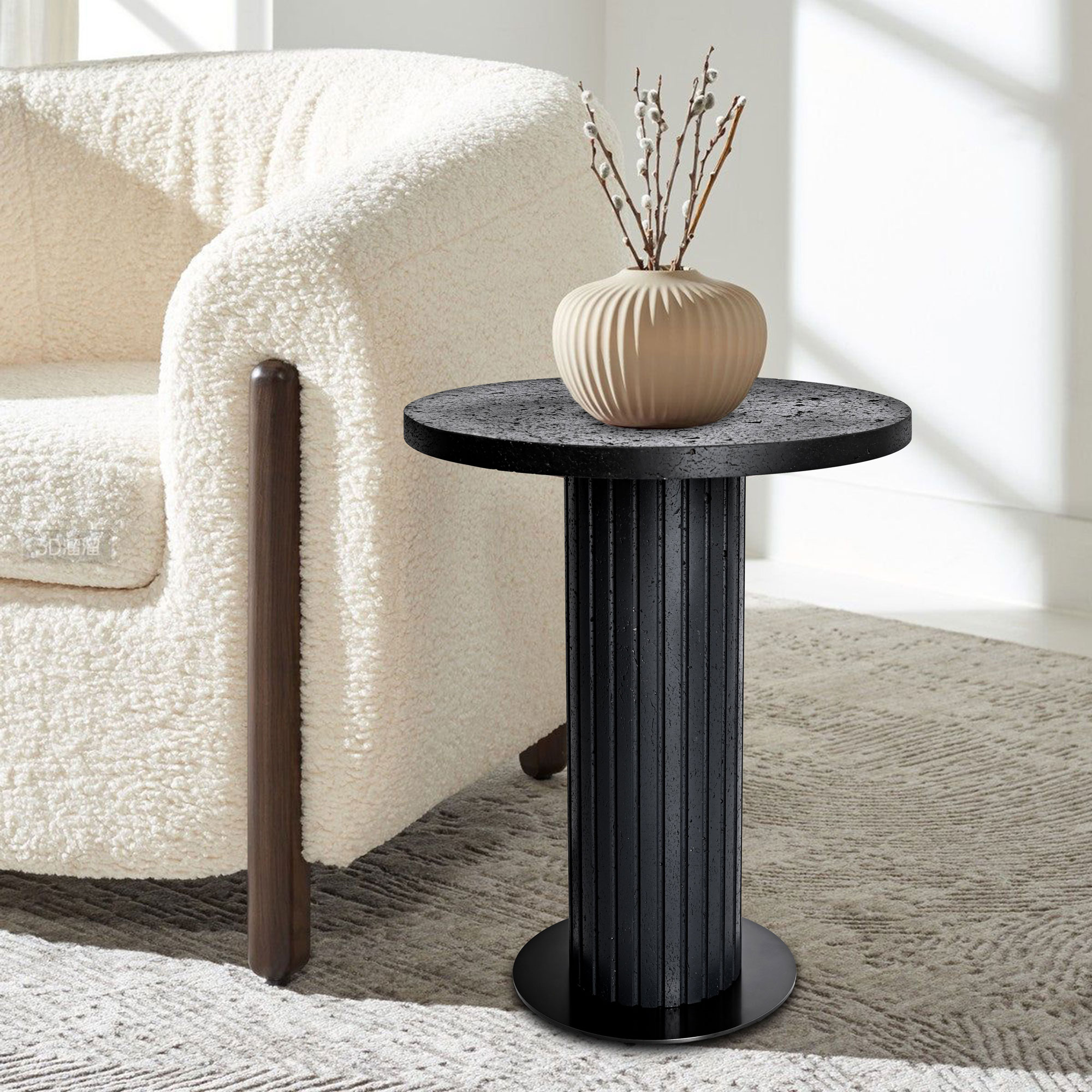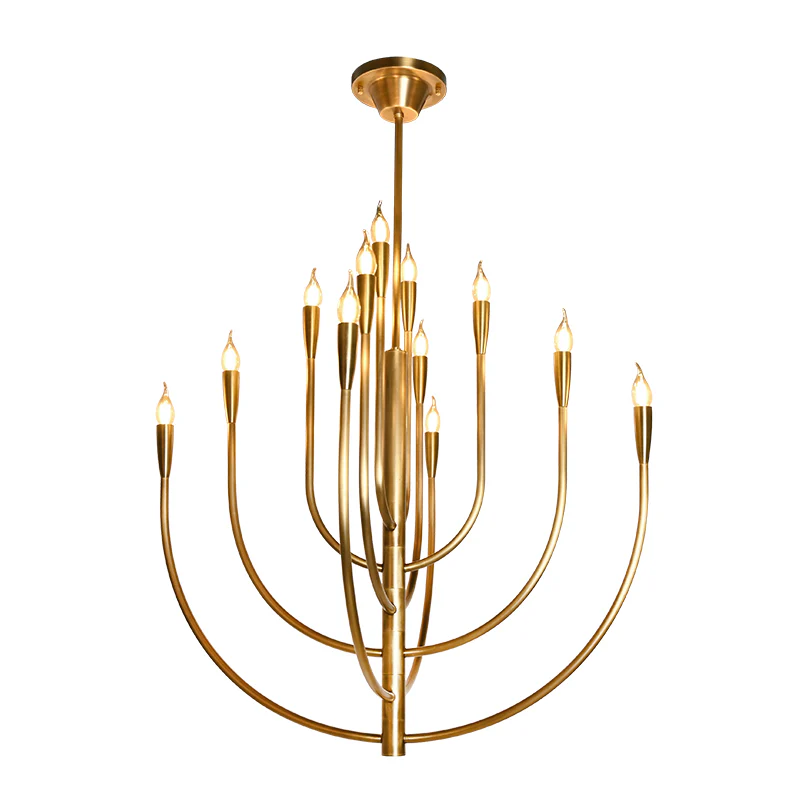The Ultimate Guide to Wooden Trays: Versatility, Craftsmanship, and Style
The Ultimate Guide to Wooden Trays: Versatility, Craftsmanship, and Style
Introduction
Wooden trays are not just simple household items; they are a blend of functionality and design. Whether used for serving, organizing, or decorating, these versatile pieces have found their way into homes around the world. In this guide, we will explore the various types of wooden trays, their benefits, and how to select the perfect one for your needs.
What is a Wooden tray?
A wooden tray is typically a flat, shallow container made from various types of wood. They come in various shapes and sizes, designed to serve many purposes. Wooden trays can be utilized in kitchens, dining rooms, or even as decorative items in living spaces. The natural Aesthetics of wood adds warmth to any environment, making wooden trays a popular choice among homeowners and interior decorators alike.
Types of Wooden trays
| Type | Description |
| Serving trays | Used primarily for serving food and drinks. Often larger and more robust. |
| Decorative trays | Designed to hold decorative items like candles or plants. Focused on Aesthetics rather than functionality. |
| Bath trays | Used in bathrooms to hold toiletries or create a spa-like atmosphere. |
| Bed trays | Enable breakfast in bed, usually designed with legs for stability. |
The Benefits of Wooden trays
Wooden trays offer numerous benefits that enhance both functionality and aesthetic appeal in homes. Here are some of the key advantages:
- Durability: Wooden trays are often crafted from strong, durable materials, making them long-lasting.
- Eco-Friendly: When sourced sustainably, wooden trays are an environmentally friendly alternative to plastics.
- Versatile: They can be used in various settings from kitchens to living rooms, and their uses can adapt over time.
- Ease of Maintenance: Most wooden trays require minimal maintenance, making them practical for everyday use.
- Timeless Aesthetic: The natural look of wood complements many styles of Home decor.
Different Woods Used in Wooden trays
The type of wood used in crafting a wooden tray affects its durability, Aesthetics, and price. Here are some common woods used for making trays:
- Maple: Known for its strength and fine texture, maple is a popular choice for serving trays.
- Walnut: Renowned for its rich color and grain patterns, walnut trays often serve as decorative pieces.
- Bamboo: A sustainable option, bamboo trays are lightweight and eco-friendly.
- Teak: Highly resistant to moisture, teak is another excellent choice, especially for outdoor use.

How to Choose the Perfect Wooden tray
Consider Functionality
When selecting a wooden tray, consider what you will primarily use it for. For example, if you want a tray for serving meals or drinks, choose a larger, sturdier design. On the other hand, if you need a decorative piece, look for unique shapes and finishes that match your decor.
Select the Right Size
The size of your tray should correspond to its intended use and the space available. A tray that's too small may not serve its purpose, while one that is too large could overcrowd a surface. Measure your table or surface before making a purchase to ensure a good fit.
Examine the Craftsmanship
Not all wooden trays are created equal! Pay attention to details like the quality of the wood, the finish, and the overall craftsmanship. Well-made trays have smooth edges, secure joints, and a finish that protects against staining and wear.
Consider Style and Aesthetics
Choose a tray that complements your home's style. Whether you prefer modern, rustic, or traditional designs, there are wooden trays available to suit every taste. Additionally, consider the color and grain of the wood, as these factors can greatly affect the overall look.
Care and Maintenance of Wooden trays
Proper care can prolong the life of your wooden tray. Here are some tips for maintenance:
- Clean Regularly: Use a damp cloth to wipe down your tray after each use. Avoid soaking the wood in water.
- Avoid Harsh Chemicals: Use mild soap and water instead of harsh chemicals or scrubbers that can scratch the surface.
- Condition the Wood: Apply food-safe mineral oil periodically to keep the wood hydrated and prevent it from cracking.
- Store Properly: Avoid stacking heavy objects on top of the tray to maintain its shape.
Conclusion
Wooden trays are a beautiful and functional addition to any home. With their variety of styles and uses, they can serve as practical tools or stunning decorative pieces. When choosing a wooden tray, consider aspects such as functionality, size, craftsmanship, and Aesthetics to find the perfect match for your needs. Remember to maintain your wooden trays properly to ensure they last for years to come.
Final Thoughts
Investing in a quality wooden tray can enhance your home experience, whether it’s for entertaining guests, organizing spaces, or simply adding a touch of natural beauty to your surroundings. Be mindful of the style that resonates with your decor and always opt for sustainable choices when possible.
